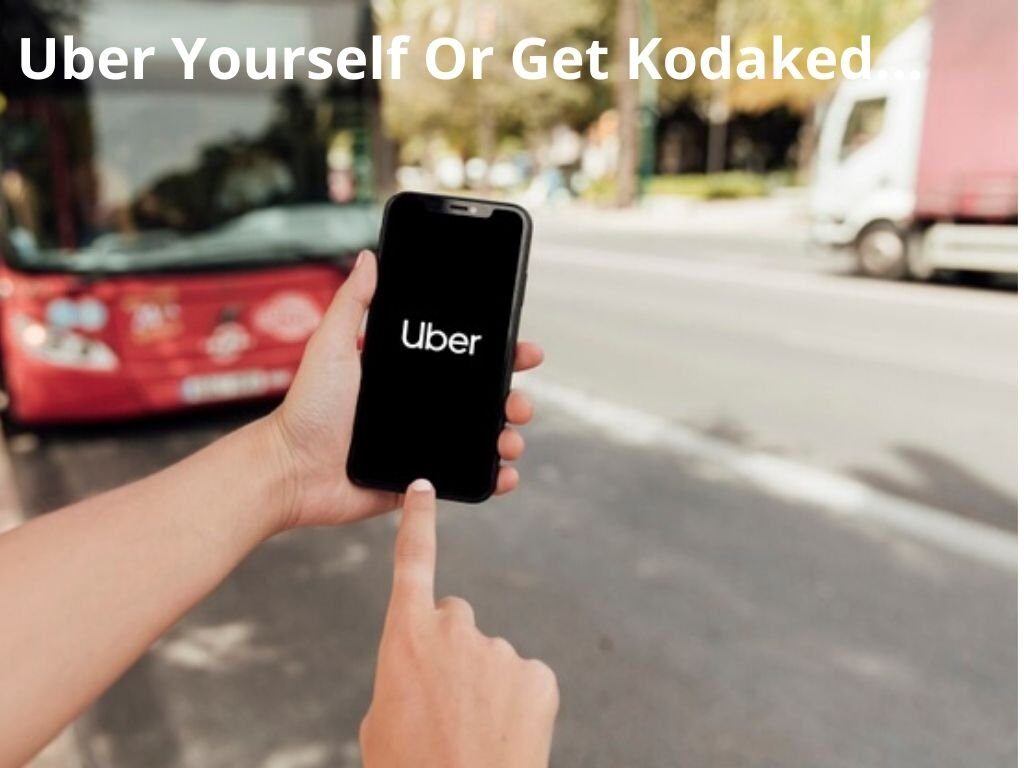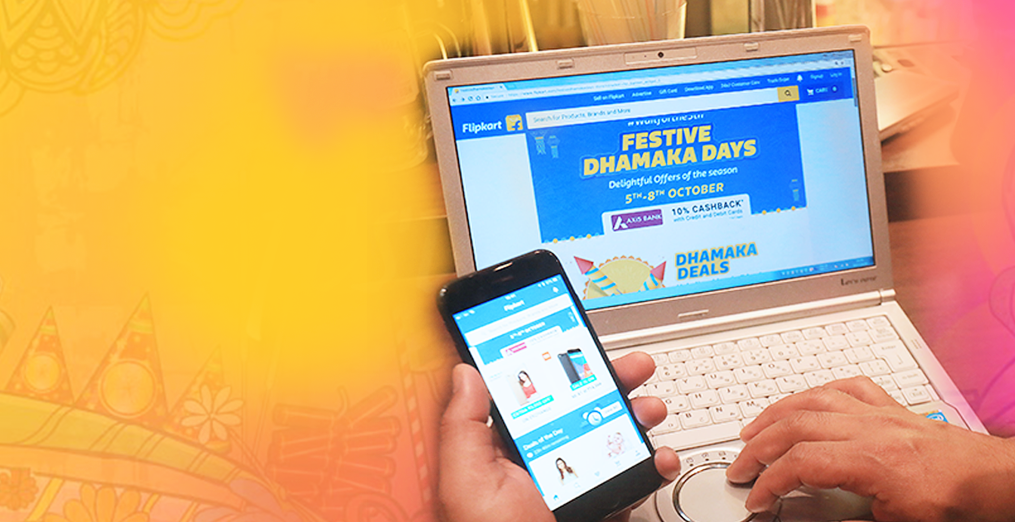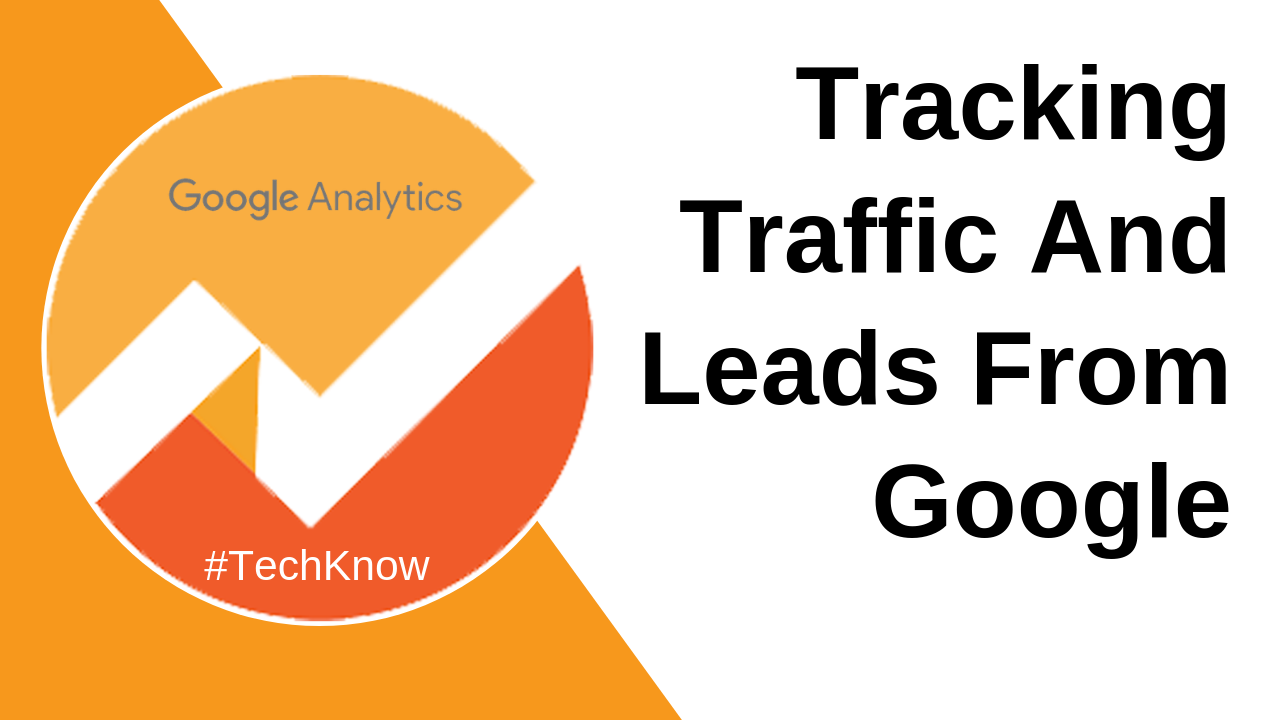Apple easy, Google fast: The experience management culture
Category: Technology


With Lockdowns setting in, Online Education/Learning has gained importance and relevance in the changing times. Classroom trainings, conference room learning and personal coaching have been replaced by their virtual version through of VoIP technology by tools like Zoom Meetings,...

The past
decade has been a decade of dynamic disruption where a number of technologies
came forward and took the center stage. Several organizations also adopted new
age mechanisms to kick start their transformative journey. In the last few
years, digital transformation has become...

There are structural changes and disruption that the auto industry is going through not only in India, but globally and eventually this will impact the turns marketing will take, and also enter some new lanes marketing has not ventured into earlier.
There are three tectonic forces...

The online shopping market in India holds tremendous potential as it has some of the largest consumer segments across each e-commerce category, and it is focused on innovation, research, and development, making it one of the leading e-commerce markets in the world. Advertising and...

SEO is about planning your website’s messaging with the audience and search engines together. Creating a communication strategy for your online business is by far the most critical part of your online marketing efforts. SEO is a small part of this.

In this #TechKnow Blog you will know about how to track traffic and leads from Google:
Question:
How can I track the number of people that are visiting my website from search engine?
Below is brief about the answer to the question.For detail explanation please...

Who is your online audience?
In most cases cusotmers say well, this is online right, so anybody can come & see my website.
Well, in this video we are going to see why audience is so crucial for defining online ROI for your business?
There are 3 ways How You Can Define...

Question:
What are the money keywords in SEO?
Answer:
Below is brief about the answer to the question.For detail explanation please watch the video.
Any keyword that generates a relevant click through to your page is a money keyword.
This is in opposition to popular...

In this ever-changing online world where things changed over six months. What approach should be taken to be able to grow the online business sustainability?
Very
interesting question and to that my answer was If we takes care of
these 3 aspects, we would be able to build a...
- 1
- 2
